Transportation DefinitionTransportation is the intentional development of individuals, creatures, and merchandise, starting with one area and then onto the next. Transport modes incorporate air, land (train and road), water, connection, pipeline, and space. The field may be divided into foundations, vehicles, and activities. Human interchange is facilitated through transportation, which is critical for the growth of civilizations. 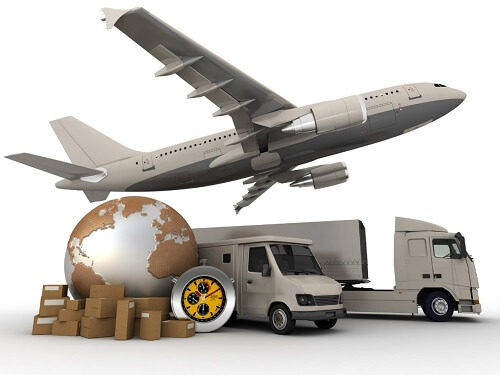
The transportation framework consists of both fixed establishments, such as streets, rail lines, aviation routes, streams, trenches, pipelines, and terminals, such as air terminals, rail route stations, transport stations, distribution centres, shipping terminals, refuelling warehouses (including powering moors and fuel stations), and seaports. Any different sorts of transport offices used to carry passengers or freight are considered modes of transportation. These might include vehicles, riding monsters, and pack creatures. Vehicles include carts, automobiles, bicycles, public transportation, trains, trucks, helicopters, boats, rockets, and Aeroplanes. History of TransportThe history of transportation is mainly one of mechanical improvement. Individuals may now travel farther, research a larger area, and spread their influence across more broad areas because of technological advances. Furthermore, even in the past, innovative devices such as foot wraps, skis, and snowshoesextended the distances that could be travelled. Travel time decreased as new advances and disclosures were applied to transportation challenges, while the ability to transfer more and larger weights increased. Transportation experts are working to find better ways to save costs and increase transit efficacy; thus, progress continues. Worldwide exchanging was the main thrust behind headways worldwide transportation in the pre-current World." From 1500 to the present, a single global world economy existed with an overall division of labour and multilateral trading." The trade and movement of commodities, silver and gold, spices, enslaved people, and luxury goods around Afro-Eurasia and, subsequently, the New World would expand overland and maritime shipping lines and travel. Modes of TransportA mode of transportation is a solution that employs a certain type of vehicle, structure, and activity. Individual or freight transportation may contain one or more modes, with the final alternative case referred to as modular or multi-modular transport. Each choice has benefits and drawbacks and will be picked based on cost, ability, and path. States control how the vehicles operate and the technique established for this purpose, including funding, laws, and strategy. Assignments and obligations in the transportation business may be open or private, contingent upon the nation and mode. Even though mass transport is used for large amounts of difficult items, cargo transport has been focused on containerization. Transportation tremendously influences economic growth and globalization, yet most modes pollute the air and occupy much space. While state-run administrations fiercely sponsor it, excellent transportation planning is critical for maintaining traffic flow and controlling never-ending suburbia. Human PoweredHuman-controlled transport, a feasible transportation, is the development of individuals and things utilizing solid human power, like strolling, running, or swimming. Machines may now augment human power thanks to advances in technology. Human-powered transportation remains popular for cost-saving, leisure, physical activity, and environmental reasons; it is frequently the only option available, particularly in poor or inaccessible areas. Even though people might stroll without a framework, transportation can be improved by utilizing streets, especially while utilizing human power with vehicles like bikes and inline skates. Human-powered vehicles have also been built for challenging settings like snow and water, such as watercraft rowing and skiing; human-powered planes can even fly in the air. Animal PoweredAnimal-powered transport is the use of working animals to convey people and goods. People can ride some of the animals directly, use them as pack animals to carry things, or harness them to pull sledges or wheeled vehicles, alone or in groups. RoadThe main earth paths were constructed by individuals transporting things and usually followed routes. Tracks are typically built at high-traffic density sites. Ponies, bulls, and jackasses were a part of track creation as they were taught. With the advancement of trade, tracks were commonly smoothed or extended to accommodate beast traffic (empty way or drover's street). The travois, a drag edge, was then invented. Creature-pulled wheeled vehicles most likely emerged in the ancient Near East in the fourth or fifth century B.C. and migrated to Europe and India in the fourth thousand years B.C., and China in roughly 1200 BC. The Romans had a critical requirement for good streets to broaden and keep up with their realm, so they created Roman streets. 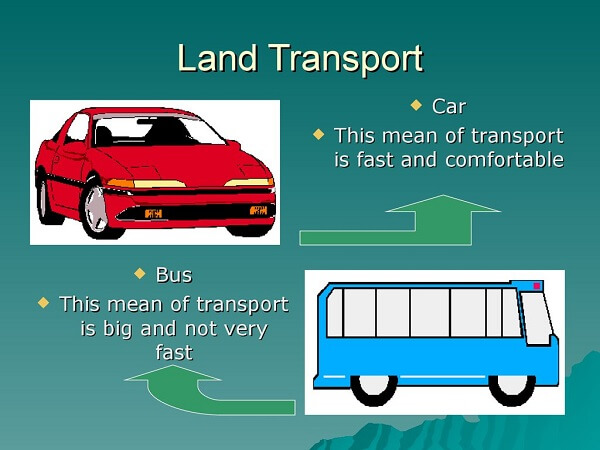
Throughout the Modern Unrest, John Loudon McAdam (1756-1836) designed the primary current throughways, employing economical clearance material of dirt and stone total (macadam), and the embanked streets a couple of feet higher than the encompassing area to make water channel away from the surface. With the advancement of engine transport, beginning in 1886 in Germany and the United States in 1908 with the creation of Passage's most memorable Model T, there was an expanded requirement for hard-bested streets to diminish washaways, stalling, and residue on both metropolitan and provincial streets, initially involving cobblestones and wooden clearing in significant western urban areas and the mid-twentieth century tar-bound macadam (landing area) and substantial clearing. In 1902, Nottingham's Radcliffe Street turned into the principal landing area street on the planet. RailRail transportation has a nearly 500-year history, including structures with a man or pull and wood rails (or infrequently stone). This was normally used to transport coal from the mine to a stream, from where it could be transported by boat using a flanged wheel operating on a rail. The utilization of provided iron plates as rails started during the 1760s and was trailed by outlines (plateways) where the rib was expected for the rail. Nevertheless, with the introduction of freshly constructed iron rails, they became obsolete. 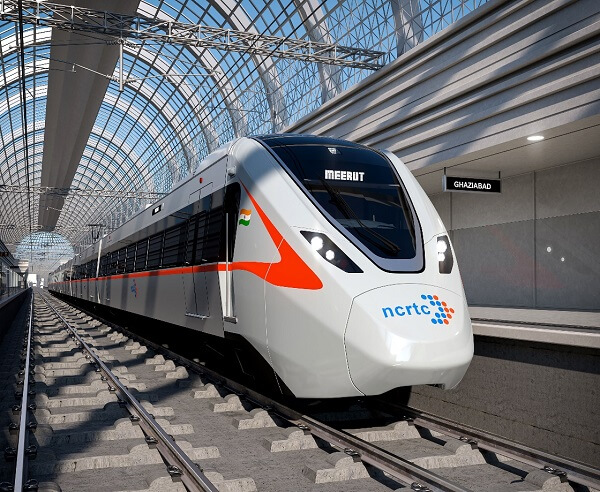
The Swansea and Mutters Rail route at Clam mouth inaugurated the main passenger-transporting public rail line in 1807, employing horse-drawn carriages on existing tramlines. In 1802, Richard Trevithick imagined and constructed the first (mysterious) steam train to work on smooth rails. He was a Cornish fashioner who exhibited his rail line development at the Welsh mining town of Merthyr Tydfil. Trevithick had had difficulties and victories before making the genuine leap forward for the main train line engine. One of his most remembered productive exhibitions was the "Puffing Fiend" steam-propelled train in 1802; nevertheless, a disaster in Greenwich in 1803 nearly sealed the fate of rail travel when four men were murdered by a burst from one of Trevithick's motors. Trevithick's "Penydarren train" was the first full-scale operating railroad steam train. A bet between Trevithick backer Samuel Homfray and Richard Crawshay prompted the train's critical display. Homfray had marked 500 guineas on the train transporting ten tons of iron from the Pendydarren Ironworks to Abercynon, which was around 10 miles far off. Trevithick's train completed the expedition in less than four hours, showing the train's resilience and dependability. Nevertheless, Trevithick was never given the recognition he deserved and died on a down-and-out in 1833. WaterIn the Stone Age, primitive boats were built to enable the Passage of streams and for fishing in rivers and off the shore. With the growth of human civilization, vessels evolved for expansion and, for the most part, filled in size for trading and conflict. Galleys first appeared in the Mediterranean circa 3000 BC. Polynesian twofold hulled journey vessels with state-of-the-art affixing were utilized by Polynesian precursors of the Lapita civilization between 1,300 BC and 900 BC to extend 6,000 km over untamed water from the Bismarck Archipelago east to Micronesia and, at last, Hawaii. Galleys were delivered out of date by maritime cruising ships, for example, the Arabic caravel in the thirteenth 100 years, the Chinese fortune transport in the mid-fifteenth hundred years, and the Mediterranean battleship in the late fifteenth 100 years. 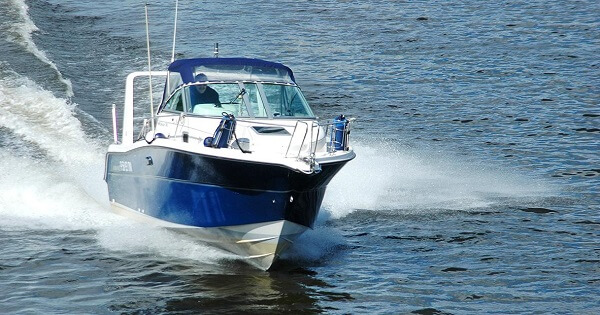
The main steamers and diesel-powered ships were developed during the Modern Transition. Submarines were developed primarily for military objectives to benefit humans long-term. Meanwhile, appropriate artwork for the canal and channel transportation was produced. 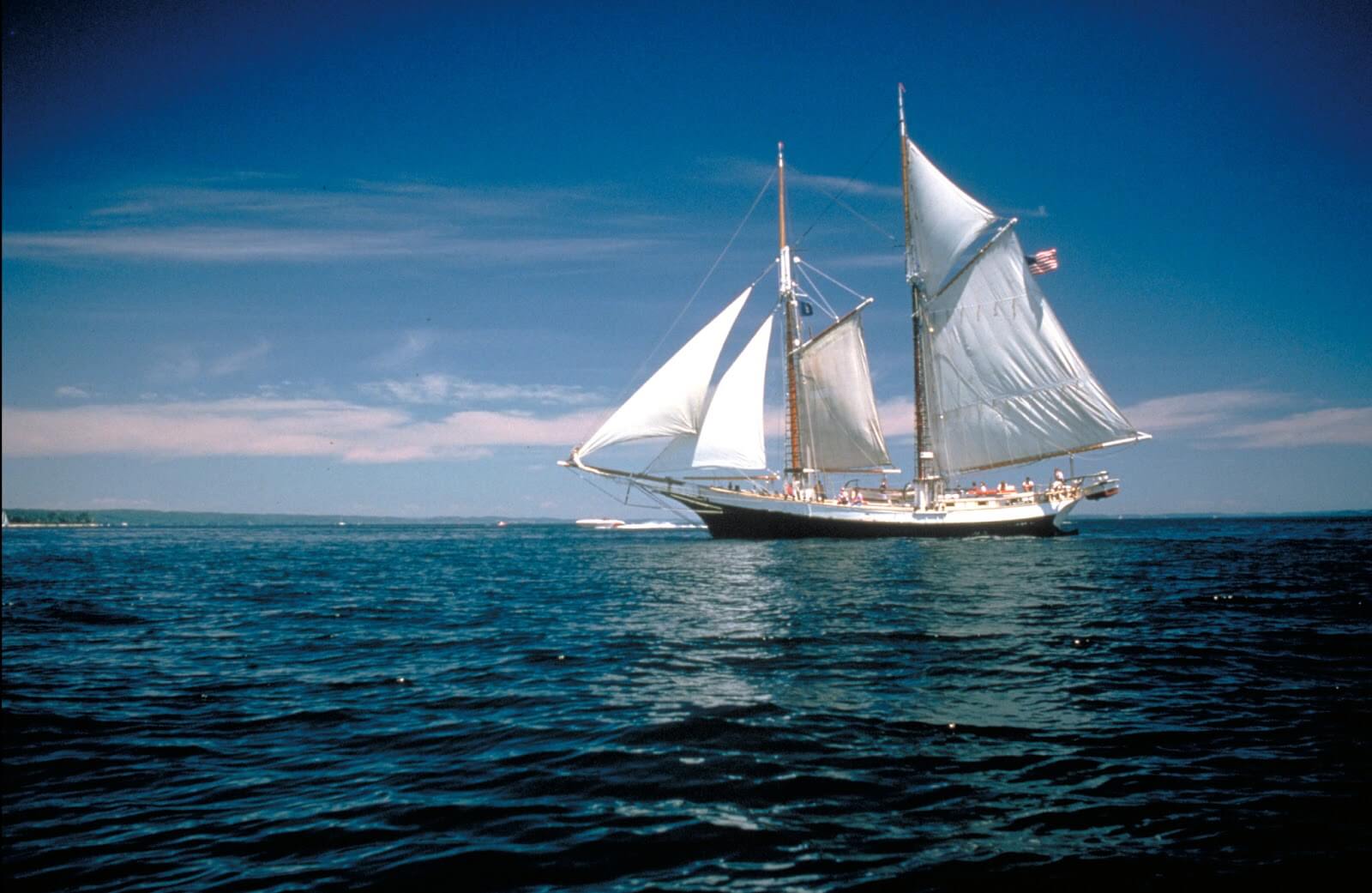
Mesopotamia's waterways were built around 4000 BC. The Indus Valley development in Pakistan and North India (around 2600 BC) featured the World's principal waterway water system foundation. China's channel framework, whose most notable achievement was the Sui Administration's 1,794-kilometer (1,115 mi) seventh-century Amazing Trench between Hangzhou and Beijing, was an essential part of its human progress, used for the water system, flood control, tax collection, business and military transport, and colonization of new terrains from the Zhou Tradition for the remainder of the magnificent period. Trenches were built throughout Europe during the Middle Ages in Venice and the Netherlands. In 1459, water slopes were built. In 1665, Pierre-Paul Riquet began coordinating the creation of the 240-kilometre-long Canal du Midi in France, which opened in 1681. Before the development of rail networks, inland trenches were implicit in Britain and, subsequently, the United States during the Modern Unrest. Technical specialties were also developed for fishing and, subsequently, whaling. Sea history also oversees the evolution of navigation, oceanography, map production, and hydrography. AirHumankind's desire to fly most likely began when man first spotted birds, a view reflected in the fantastic narratives of Daedalus and Icarus in Greek legend and the Vimanas in Hindu tradition. The early investigation focused mostly on mimicking birds, but through experimentation, inflatables, carriers, lightweight planes, and eventually controlled aeroplanes and various types of flying vehicles were developed. Leonardo da Vinci's imagination of flight found expression in a few ideas, although he didn't attempt to illustrate travel by really creating them 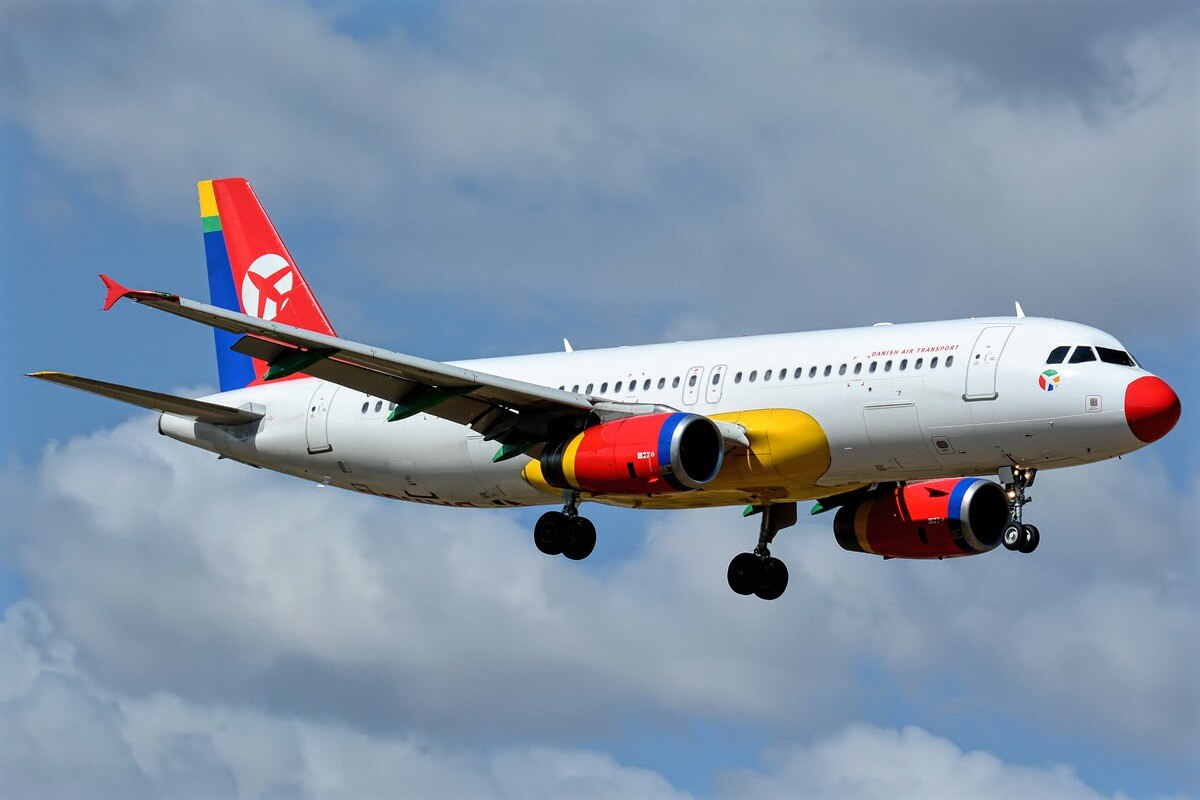
As experts began analyzing the World's air in the seventeenth and eighteenth centuries, gases such as hydrogen were discovered, prompting the development of hydrogen inflatables. Various ideas in mechanics proposed by physicists at the same period - most notably liquid elements and Newton's laws of motion - spurred the grounding of today's simplified features. Fastened inflatables filled with hot air were used for most of the nineteenth century. They saw substantial involvement in a few mid-century battles, most notably the American Civil War, where inflatables provided perception during the Assault on Petersburg. Pilots from the 611 West Lancashire Group assisted with propelling an early Firecracker Type IXb, Biggin Slope, in late 1942. In 1783, Jean-François Pilâtre de Rozier and François Laurent d'Arlandes flew 5 miles (8.0 km) in a tourist balloon designed by the Montgolfier brothers. On December 17, 1903, the Wright siblings accomplished the first maintained, controlled, and fuelled heavier-than-air trip in their Wright Flyer. The Second World War saw an enormous increase in aeroplane development and production. All nations involved in the War advanced the development and production of aeroplanes and flight-based weapon conveyance frameworks, such as the first long-range aircraft. Following the War, commercial avionics grew significantly, mostly by using ex-military planes to carry people and cargo. The quantity of heavy and super-heavy plane airframes, such as the Lancaster that could be converted into commercial planes accelerated this development. The main business stream aircraft to fly was the U.K. De Havilland Comet. This is undeniably the start of the Stream Age, a time of genuinely humble and quick overall portability. 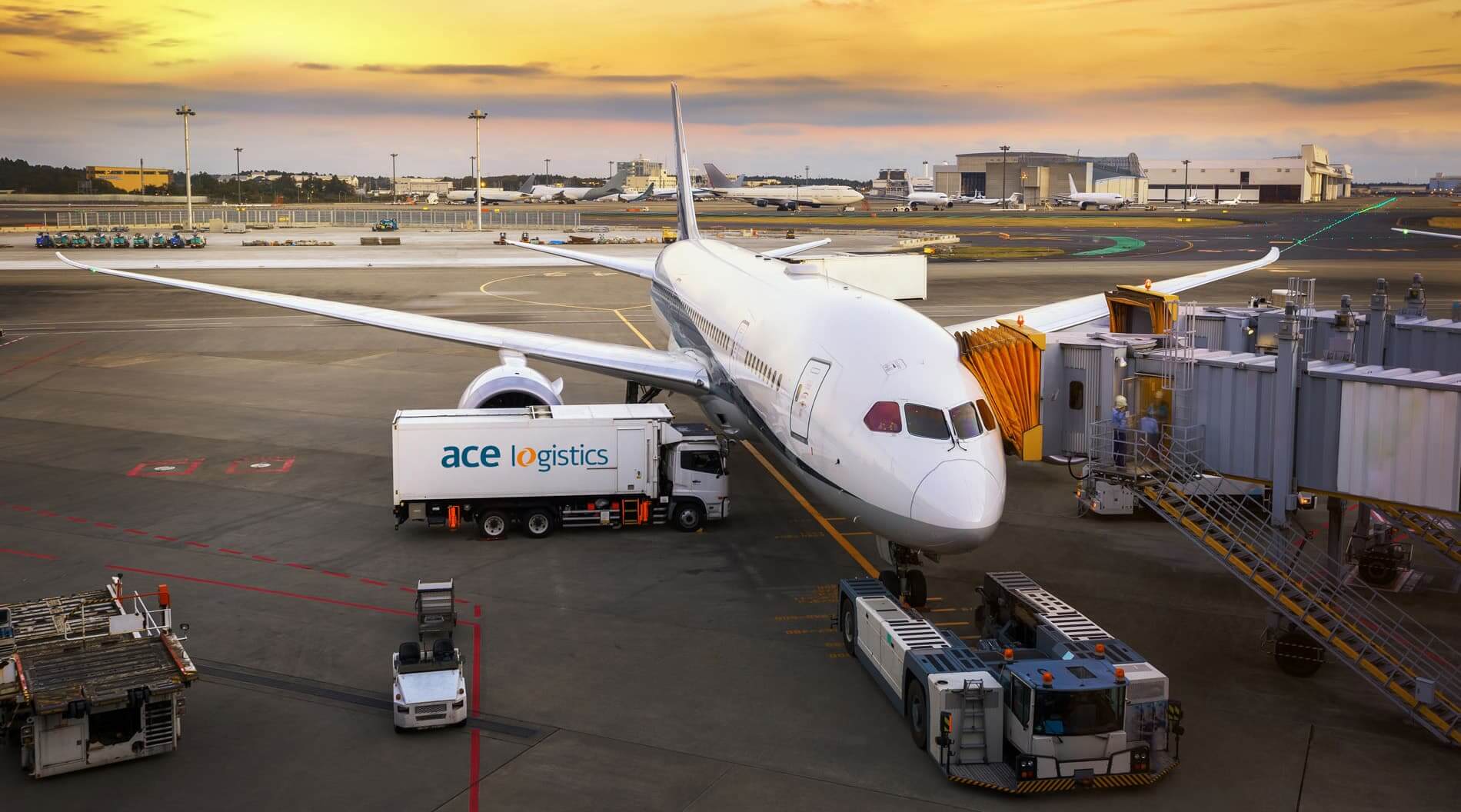
Subsonic military aviation in the early twenty-first century focused on murdering the pilot for remotely operated or completely autonomous vehicles. A couple of independent ethereal vehicles, or UAVs, have been created. In April 2001, the robotized airplane Worldwide Hawk voyaged relentlessly from Edwards AFB in the U.S. to Australia. This is the longest highlight point trip at any point undertaken by an autonomous aeroplane, lasting 23 hours and 23 minutes. A PC-controlled model aeroplane's first completely autonomous journey across the Atlantic occurred in October 2003. The end of the U.S. The functional fantasy of spaceflight may be traced back to Konstantin Tsiolkovsky; however, Tsiolkovsky wrote in Russian, which was not very powerful outside Russia. With the publication of Robert H. Goddard's article 'Robert H. Goddard a Strategy for Arriving at Outrageous Heights, A Method for Arriving at Outrageous Elevations' in 1919, his exploitation of the de Laval spout to liquid charge rockets offered the adequate ability to facilitate interplanetary travel. This study had a big influence on Hermann Oberth and Wernher von Braun, who were subsequently significant actors in spaceflight.
Next TopicDefinition of Growth and Development
|
 For Videos Join Our Youtube Channel: Join Now
For Videos Join Our Youtube Channel: Join Now
Feedback
- Send your Feedback to [email protected]
Help Others, Please Share









